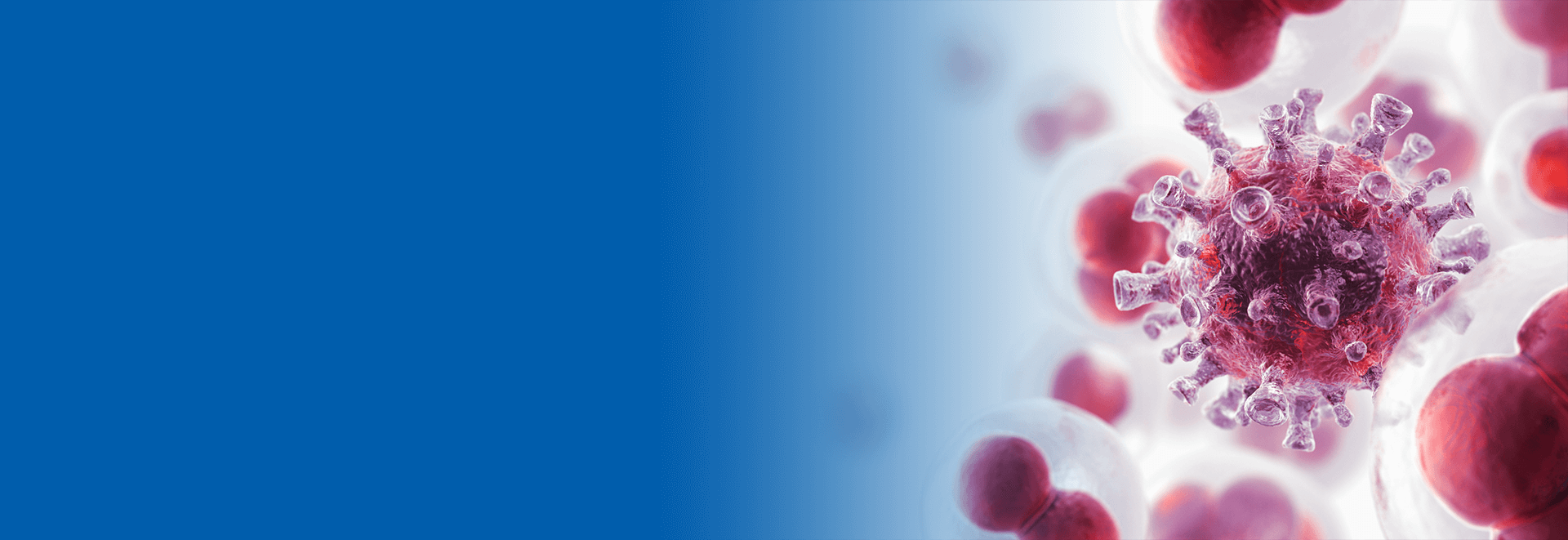Last Updated: April 26, 2024, 11 am UTC
Development of cell and gene therapies is growing rapidly, given the major advances in genomic technologies and increasing scientific understanding of genetic regulation and immunology. The Cell and Gene Therapy (CGT) field has unprecedented potential to effectively treat and/or cure genetic-based rare and orphan diseases and expand the reach of personalized medicine. This blog will outline three characteristics of a successful nonclinical program to support entry into clinical trials for a cell or gene therapy product.
Can you identify a safe AND efficacious clinical dose?
As in all nonclinical drug development programs, the goal is to identify potential safety issues in humans. Prior to clinical trials, the focus is typically on evaluating safety. However, for cell and gene therapy products, the nonclinical program needs to identify a clinical dose that is likely both safe AND efficacious. This is due to the high-risk nature of these kinds of products (especially for a first-in-class therapy) and the fact that some cell or gene therapies can only be administered once due to the development of immune responses to the drug product. Thus, it is ethically necessary to administer a dose that has a potential to be safe but also efficacious. The doses assessed in the nonclinical program should bracket anticipated clinical exposures, ranging from the minimal effective dose to a maximum therapeutic dose that ideally provides a margin of safety.
Is fit-for-purpose?
Cell and gene therapies often have been designed to have unique biological activity, typically towards a human-specific target. Thus, while the same types of safety endpoints need to be evaluated, the studies done to do so often look different compared to those for a small molecule. To ensure that all aspects of safety are adequately assessed, it is important for the Sponsor to design fit-for-purpose studies that will provide the most relevant information using all the available knowledge about the therapeutic, biology, cross-species reactivity, and disease mechanisms.
Pharmacology and toxicology studies may need to be done in a humanized animal model or a species-specific surrogate product (e.g., target species version of a gene) to evaluate primary and secondary pharmacology. If there is one or no pharmacologically relevant species, toxicity assessments may be limited to one species instead of two. Traditional genotoxicity studies looking at potential for direct gene mutations are typically not appropriate due to the mechanism of action and/or biology; rather, genotoxicity is assessed through other mechanisms, such as by evaluating the potential for insertion of gene sequences into the genome or monitoring genetic modifications in target and non-target tissues. Immunotoxicity of the drug product often needs to be assessed due to the immunogenic nature of cell and gene therapies; these include measuring for anti-drug antibodies or T-cell reactivity to vector components, transgene, and/or gene product.
Does it have input and buy-in from regulatory agencies?
Due to the rapidly evolving nature of research and development in cell and gene therapies, new information from basic research or on-going clinical trials are constantly being evaluated by regulatory agencies to inform their evaluation of incoming Investigational New Drug applications (INDs) or Clinical Trial Applications (CTAs). Thus, it is of upmost importance to seek out regulatory input early and often particularly for cell or gene therapies to get the most up-to-date advice. In the US, the FDA offers early engagement through INTERACT meetings where preliminary proof-of-concept data can be discussed as well as pre-IND meetings for more advanced programs where the discussion centers on IND-enabling toxicity studies. The requirement for information (e.g., viral shedding) can vary by regulatory authority so it is good to initiate those conversations to ensure a smooth and timely transition into clinical trials.
The cell and gene therapy space is exciting and impactful. Premier has capabilities to support these innovative products from early nonclinical development to clinical trial implementation, combining CGT-specific expertise from toxicologists, chemists, biologists, regulatory managers, and clinical researchers. Contact us today to learn more about how Premier can support your next cell and gene therapy program.

 Webinar
Webinar 


 Perspectives Blog
Perspectives Blog 